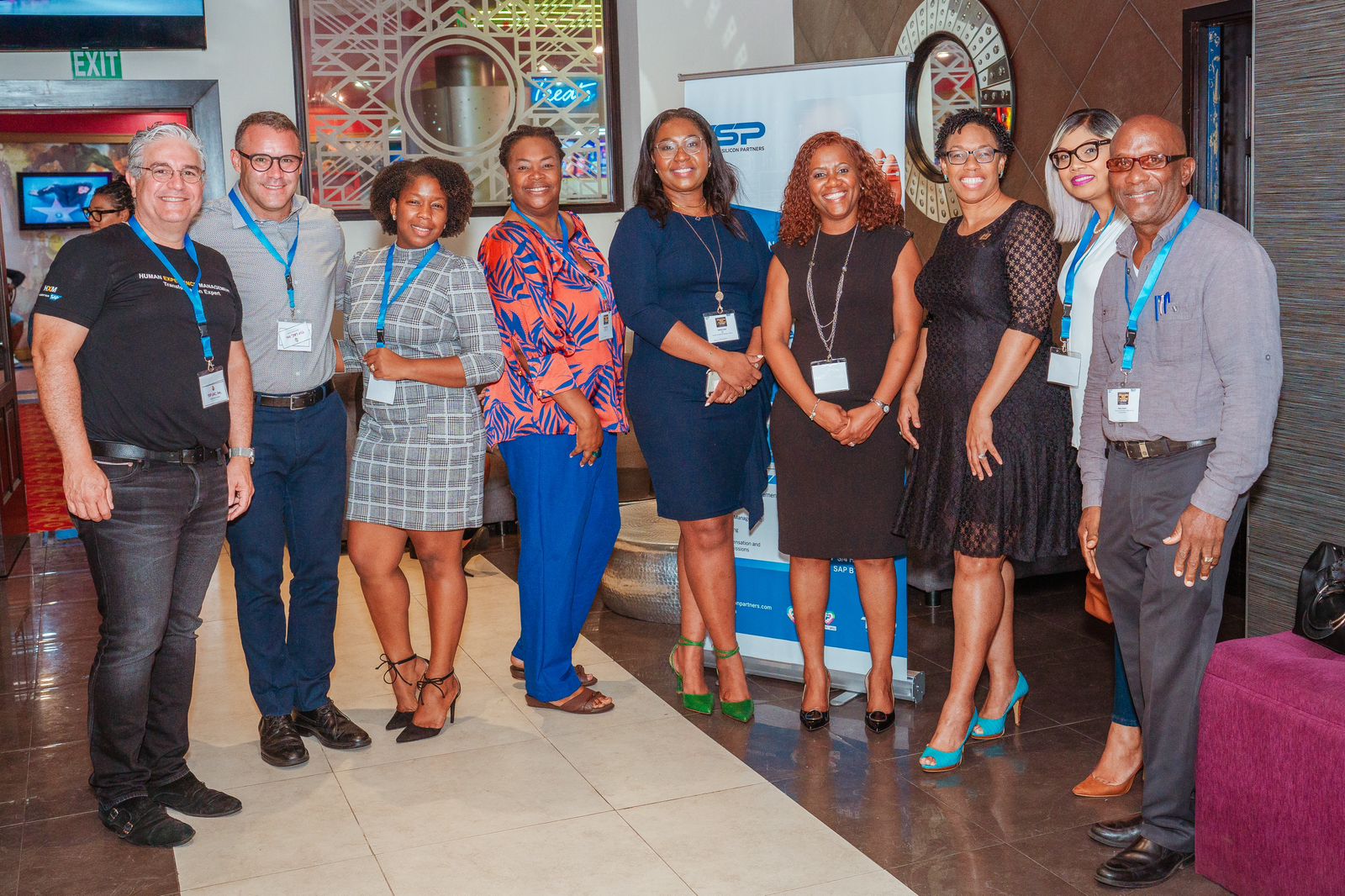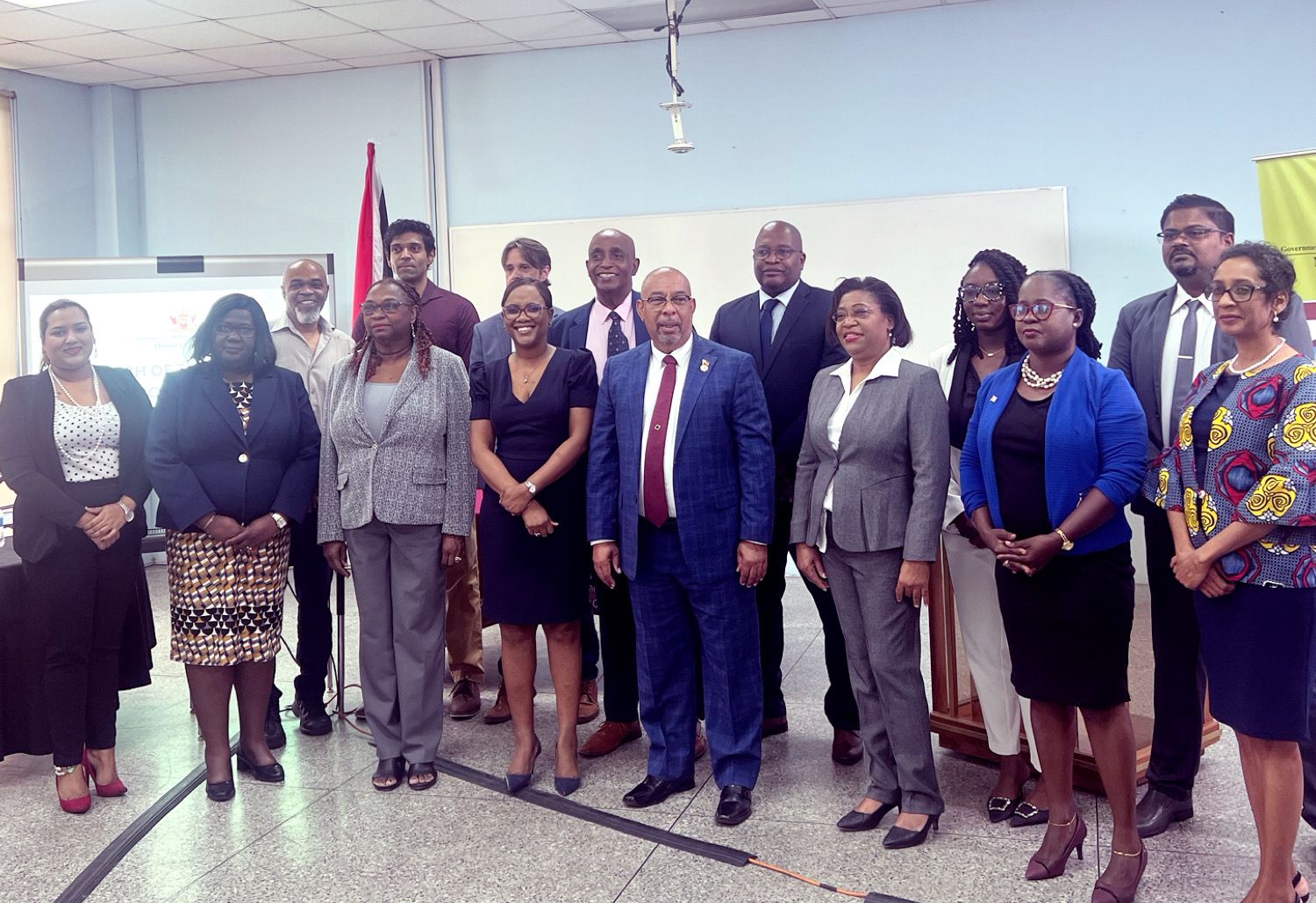In the luxurious ambience of MovieTowne’s Port-of-Spain VIP theatre and lounge, a seminal gathering took place. Hosted by The Silicon Partners (TSP), the Xperience HR event pulled together some of the finest minds in human resource management in the Caribbean. The overarching theme, “The Future of HR: Unleashing the Potential of People and Technology”, provided a lucid roadmap for the direction in which the HR industry is heading.
An illustrious panel convened, consisting of industry stalwarts: Cavelle Joseph-St Omer, the president of Human Resource Management Association of Trinidad & Tobago (HRMATT) and president of the Caribbean Institute of Human Resource Management (CaIHRM), Dr Jan Sookram, a celebrated expert and thought leader in HRM and entrepreneurship, also a programme director at the Arthur Lok Jack Global School of Business, Bruno Silva, the SVP and head of Latin America and the Caribbean (LAC) at TSP Simon Irasuquin, a pivotal solution advisor for Human Experience Management, in SAP for LAC North.
Guided adeptly by the moderator, Simone Whilby of SAP Jamaica, the panel tackled intricate facets of HR. The discussions transcended mere professional observations, venturing into the profound territory of employee engagement and how technology can be optimally harnessed to enhance the human experience.
By employing digital platforms to oversee routine HR tasks, it allows a renewed emphasis on the core human element, enabling creativity to thrive within the organisation. This innovative vision is groundbreaking, as for the first time in workforce history, technology is shouldering the burden of process-heavy tasks, facilitating human ingenuity.
Simon began the demonstration with a powerful limbic brain gym that moved the audience towards what innovation means, by orchestrating them to perform a clapping rendition of the chorus of Johann Strauss’ “The Blue Danube Waltz”; before he brilliantly illustrated in the subsequent demonstration of SAP SuccessFactors, the journey from strategic vision to cutting-edge HR products is paved with insights from experts, feedback from customers, and global trend analyses. Simon highlighted how SAP’s pioneering products such as Dynamic Teams and Opportunity Marketplace integrate advanced concepts like the OKR approach and workforce agility. Such products epitomise the merger of individual attributes and experiences, acting as an HR spinal cord for machine learning and generative AI, thereby forming “the Talent Intelligence Hub.”
In true Trinbago style, the evening ended with cocktails and conversations.
As we navigate the post-pandemic world, where work paradigms are evolving, this event was a beacon of clarity. While many are reacquainting with traditional workspaces, others grapple with the hybrid model’s nuances. Indeed, the pandemic has thrust us into novel work methodologies—be it remote, virtual, or hybrid.
So, as we stand at the crossroads, the lingering question is: What is the future of work? The Xperience HR Event didn’t just attempt to answer this question; it provided a visionary blueprint for a future where people and technology harmoniously fused to redefine the boundaries of HR.
The future of HR is poised on the cusp of a revolutionary transformation, driven by the nexus of people and technology. As HR stands at this inflection point, several key trends emerge as game-changers: such as employee well-being, data-driven performance management, upskilling and continuous learning, performance analytics and predictive insights, flexible benefits, and total rewards, hybrid work models, diversity, equity and inclusion initiatives, the gig economy and contingent workforce management, and the overall employee experience, just to name a few.
The metamorphosis of HR is an intricate tapestry woven by digital threads. It’s about leveraging technology to not only manage but also enhance the human experience, bringing to the forefront a future where organisations don’t just function, but thrive.
A pivotal milestone in the national progression towards a digital future is the establishment of the Ministry of Digital Transformation.
Entrusted with a formidable mandate, the ministry is tasked with crafting a novel approach to the consumption and delivery of goods and services.
It is apparent that the aim of the ministry’s initiative is to utilise the most apt digital technologies to cater to a new-age customer base that is becoming increasingly reliant on digital interfaces.
However, it is crucial to understand that the ambit of this transformation extends far beyond the ministry. In truth, it’s not just about a governmental initiative.
Rather, it’s a nationwide call to action, encapsulating the essence of collective progress. To genuinely realise the dream of a holistic digital society and economy, silos must be dismantled. It necessitates a robust partnership where both the government and the private sector join forces. The synergy between these two pillars is instrumental in constructing a robust digital infrastructure and ethos.
By fostering this collaboration, the nation is not merely adopting digital tools but is taking strides towards a comprehensive digital renaissance. Every stakeholder, from policymakers to entrepreneurs, must align with this vision, making it a shared ambition. The path ahead is a joint journey, one that promises prosperity, efficiency, and a future-ready nation.





